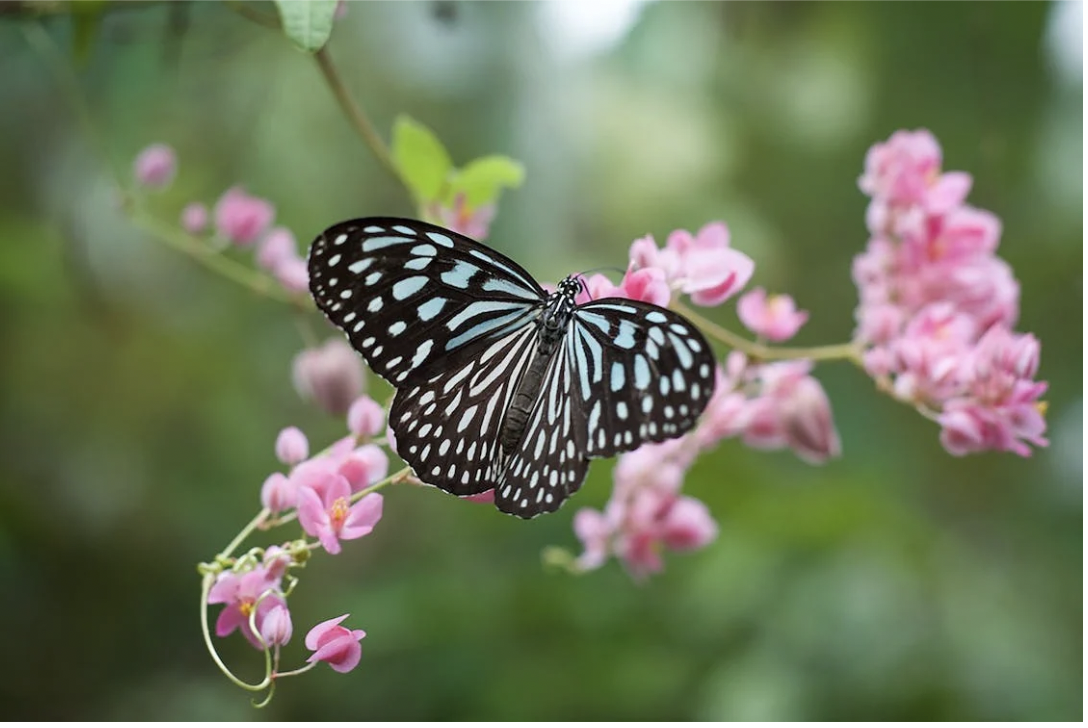Interesting Facts You Didn’t Know About Butterflies

Who doesn’t enjoy seeing colorful butterflies in flight? Butterflies are probably among the rare insects we aren’t afraid of, so we admire their beauty, fragility, and perfect composition. Still, how much do we really know about them, and are there ways to protect these small yet beautiful creatures? If you’ve been interested in butterflies and you like natural life, here are some facts you might not know about them:
They Have Strong Symbolism
We all know that butterflies have been a source of admiration and wonder, but only a few people know their deeper symbolism. Therefore, if you wonder what do butterflies signify, explore their habits and hidden worlds. For instance, some people see them as a sign of good or bad luck, while many connect them with growth and change because they transform through the course of their lives. You can also consider butterfly symbolism on a deeper level, so they can embody an individual’s spiritual journey as well. Therefore, there is probably more to be explored about these beautiful insects, considering that they present a strong metaphor for personal development.
There Are Numerous Butterfly Species
If you’ve been interested in the butterfly world, you probably wanted to count how many species there are. Still, it can be a difficult task because experts claim that there are around 20,000 different butterfly species, so you might want to do research about butterflies in your environment. If you truly admire these amazing insects, you can visit professionals in this field and learn for your own satisfaction.
Butterflies Live a Short Time
Many people wonder about the lifespan of butterflies, and you've probably heard that some species live for only 24 hours. This fact is true; however, there are other species that can live for three or four weeks, so it varies depending on their type. Experts claim that the entire life cycle of butterflies lasts between two and eight months, but there are some exceptions to this rule. All in all, their beauty can’t fade, so people should learn to appreciate these wonders of nature.
Some Species Don't Like the Cold
In many cases, cold temperatures end the lives of butterflies because they become immobile, while some butterflies understand that as a sign to move on. These insects are cold-blooded, so they require a body temperature of about 85 degrees and that way they activate their muscles. For instance, if the weather starts to change in the place they already are, they move on to warmer areas.
Their Wings Protect Them
As was already mentioned, the lifespan of butterflies is short, and even at their peak, they’re very fragile. To survive the dangers of other creatures, they often use their wings to defend themselves. Some of their mechanisms are to blend in with their surroundings or to wear an interesting spectrum of colors to frighten predators, so butterflies' wings are their best protection.
Furthermore, there is another interesting fact about their wings, and that is that they have four separate wings. It may seem different when they’re in motion, but this is true. The wings that are close to their heads are forewings, while those in the rear are hindwings. All four wings move up and down thanks to their strong muscles.
Butterflies Consume Liquid Food
It’s interesting that butterflies don’t have well-developed chewing organs, so they enjoy a liquid diet. They feed on nectar, and they have a tube-like tongue that functions like a straw, helping them to sip nectar from the flower. When they don’t eat, that tube curls under their chin. Moreover, if you were surprised when you saw butterflies in mud puddles, that is because they get the necessary minerals and salts that mud puddles only provide. Obviously, you need to be truly interested in the lives of butterflies to know all these details.
Butterflies’ Pollinating Capabilities Are Significant
We all know that bees are perfect pollinators, but you probably missed the fact that butterflies have this power as well. This is due to the fact that butterflies pollinate cotton flowers, which are part of a cotton plant, and they boost the cotton harvest. This type of pollination is called pollination complementarity," and various insects work to pollinate different parts of the same plant. These are the wonders that only nature can produce, and they teach us that our planet doesn’t belong to us alone.
There are probably more interesting facts about these captivating creatures, but these are the most common and interesting ones. Until you understand their habits, life cycle, and the way they transform, you can’t appreciate them enough. For that reason, do your own research, and you’ll see how much we can learn about butterflies that make our world a more beautiful place.






